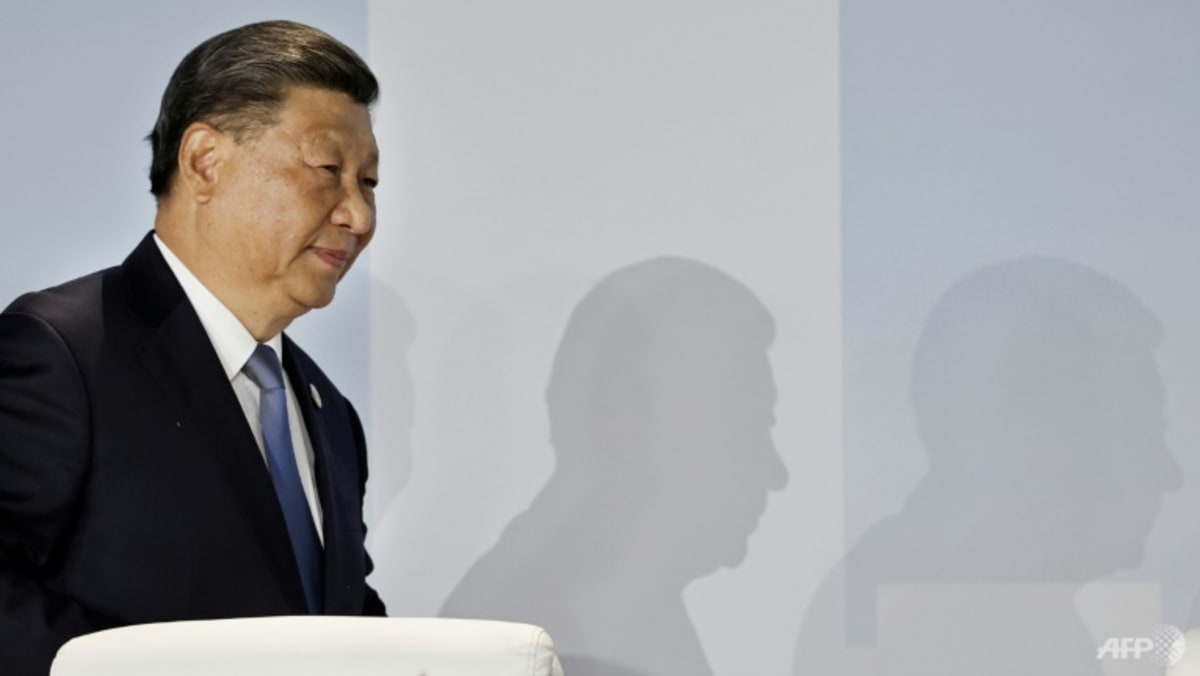
The top leadership had already acknowledged in July that China’s post-COVID economic recovery has displayed “wave-shaped developments, and advanced with setbacks”.
The Politburo meeting listed challenges including domestic demand, difficulties for business to operate and “complications and difficulties” in the external environment.
“Our economy has enormous development resilience and potential. The long-term positive outlook has not changed,” said a statement from the 24-member Politburo – the Communist Party’s prime decision-making body.
Looking forward, China’s leadership has long focused on its development strategy to move away from economic growth targets and towards systemic resilience by calling for a drive for an “internal cycle” in the five-year plan to 2025.
In his work report to the 20th party congress in October, Xi laid out the top priorities as emphasising “green” and “high-quality” development, greater self-reliance and strength in science and technology, as well as improving mechanisms to promote a high-quality workforce and employment.
China previously included a goal to lift itself into a “high income” nation by 2025 and advance to a “moderately developed” nation by 2035, which implies income of more than US$20,000 per person. China’s per capita GDP is around US$12,000, according to official data.
And despite the current slump in a wide-range of economic indicators, Yu Miaojie, an economist who is also the president of Liaoning University, said he is confident that China would be able to reach its target.
“Right now, China’s potential in being a mega-size economy and the ability to complete a full supply chain have not even been fully unleashed. With further structural reforms, it is not a problem in achieving a GDP growth of 4.5 to 5 per cent in the coming years, which would help us reach this target,” said Yu, who is also a chair professor of economics at Peking University.
By 2035, China is also expected to become a “manufacturing superpower” and a global leader in strategically important emerging industries.
However, even China’s traditional role as the world’s leading manufacturer, exporter and top investment destination faces challenges as geopolitical tensions grow.
The US and its allies are calling to de-risk their supply chains away from China to reduce reliance, while the list of export controls against Chinese companies due to security concerns has been expanded.
While China’s trade with neighbouring Southeast Asian countries and developing economies has been growing, Mexico just replaced China for the first time since 2014 as the US’ biggest trading partner.
